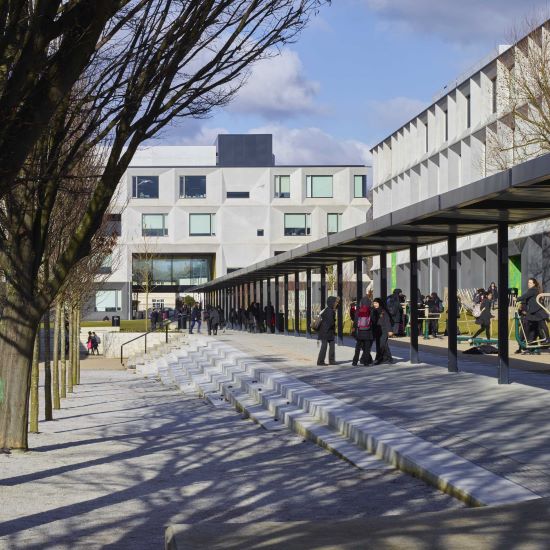Case Studies > General Simulation
CIBSE TM54 Energy Projection of a School Building with Simple HVAC Modelling
| About | Detailed guidance on CIBSE TM54 modelling and projecting design-stage building performance demonstrating how TM54 can be applied through dynamic modelling tools using template (Simple) HVAC systems. |  |
| By | Nishesh Jain et. al., UCL, London, UK | |
| Location | London, United Kingdom | |
| Category | Compliance, Certification, Design Stage Modelling, CIBSE TM54 | |
| Highlights |
|
Summary
CIBSE TM54 was recently revised and covers best practice methods to evaluate the operational energy use of buildings. TM54 is a guidance document on performance evaluation at every stage of the design and construction process, and during the occupied stage, to ensure that long-term operational performance is in line with the design intent. The main performance evaluation principles in TM54 are a step-by-step modelling approach and scenario testing, to improve the robustness of the design proposal calculations. The latest version brings an updated perspective to the modelling approaches, including dynamic simulation with Heating, Ventilation and Air Conditioning (HVAC) systems. It also incorporates more detailed guidance around risks, target setting, scenario testing and sensitivity analysis.
This case study presents an example of TM54 design stage building performance modelling for a school building using dynamic simulation with Simple HVAC. First, the step-by-step modelling methodology proposed in CIBSE TM54 for this implementation route is described. Then, the case study building is introduced and the modelling inputs and assumptions for each TM54 step are described. Finally, results are presented per TM54 requirements including deterministic calculations, sensitivity and scenario assessments, and benchmarking against industry standards.
The case study is published in BSER&T, CIBSE’s peer-reviewed journal and can be accessed from the links below
| View online | Download Pdf |
 |
About the author Contact: n.jain@ucl.ac.uk |
